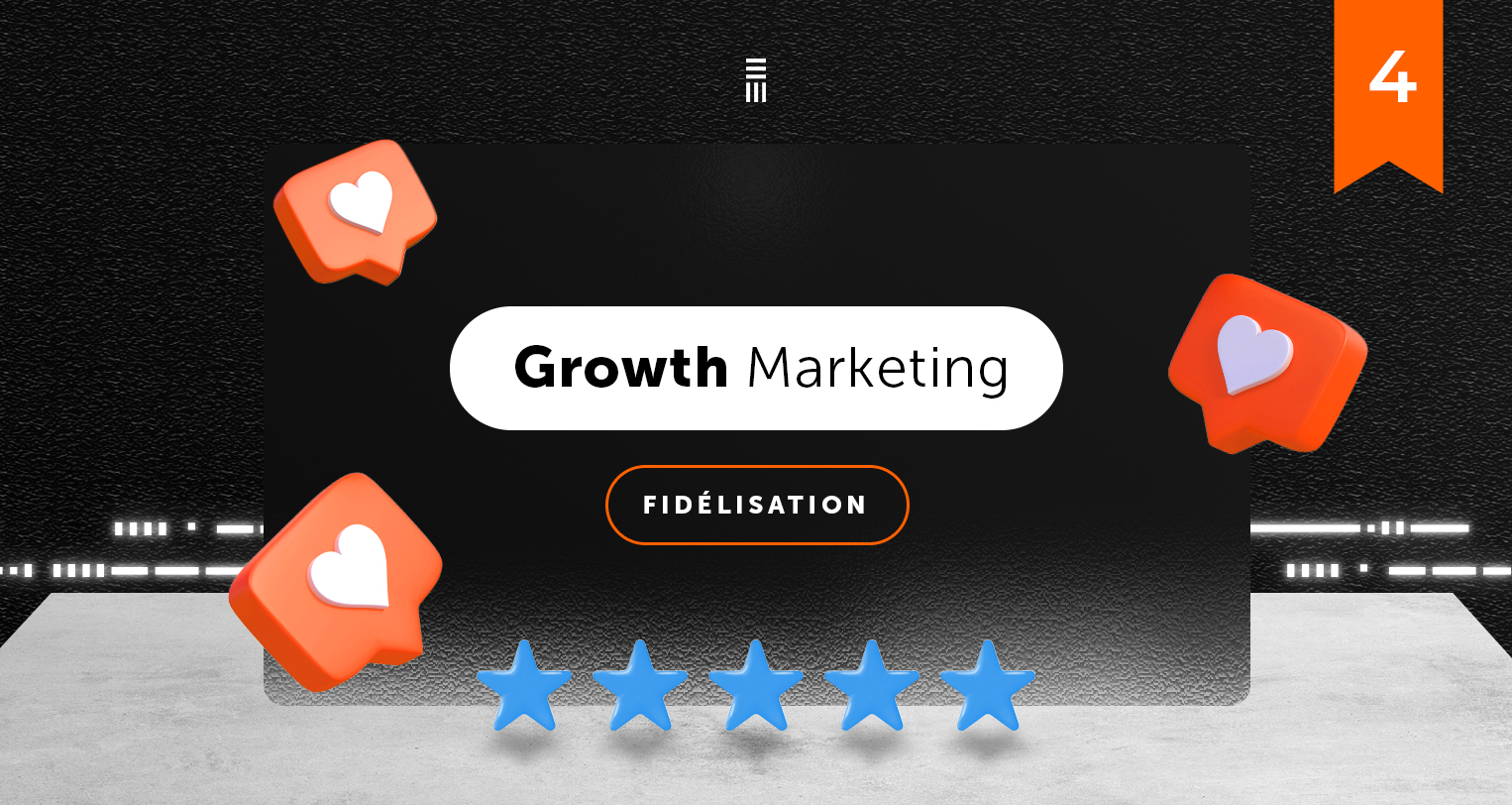Crowdsourcing for companies
If you closely follow new technologies, you are bound to have heard of the term Crowdsourcing. This concept, which was invented by two journalists of the magazine Wired, is a new approach through which a company outsources a number of tasks to surfers in order to find the solution to a problem at a lower cost. A typical example: the media commonly use the Internet to find testimonials, photo or video material etc. A more marketing-minded example: some brands have already asked the contribution of surfers when they are developing a new product or a new advertising campaign with a well-defined briefing etc. Another speaking trend are the prediction markets: these can be described as betting exchanges that want to predict the success of a product thanks to the major participation of several thousands of players.
However, in reality, Crowdsourcing not always delivers on its promises. The barrier is the level of professionalism. Even though this technique will allow you to perform a number of basic tasks (write an article on Wikipedia, collect pictures on Flickr,…) it is harder to get good results when the project is more complex, when you need a minimum of accuracy and human contact.Crowdsourcing quickly reaches its limits when it comes to mass markets, I do however think it can be a precious service when it is used within a company to manage innovation and to stimulate the creativity of its workers. Unlike the great majority of surfers, the latter know the company from within, they are familiar with its values and its day-to-day problems.
Over the last years, many companies have integrated so-called Web 2.0 tools in order to stimulate a more horizontal communication between their departments and employees: blogs, wikis, social networks, etc. The objective: make sure good ideas surface more quickly by jumping the traditional hierarchical flows. Unfortunately, internal processes have not been aligned in order to manage this user-generated content and to transform it into operational data the company can put to use. In other words: how can we reach the right balance between the free expression of each and everyone and the discipline that is necessary to create added value?
A new generation wants to solve this with more elaborate platforms that filter the information more efficiently with the use of a system of flows, hierarchies, rewards for the best contributions, etc. The key players have names such as IdeaNet, Brightidea, Imaginatik, Spigit … Next July, the very first workshop in this area will take place in Vienna (more on www.e-crowdsourcing.org). It is organised by two people who work for HP and IBM. Which already says enough about the interest this trend can count on…
The current crisis is favourable to this kind of experiments. Now more than ever, companies need to defend their competitive advantages through innovation and invention. Within the right framework, these conceptual contributions of the Web 2.0 can help them to find, within their own structure, ideas that will make a difference. Welcome to the Crowdsourcing company!
Brice Le Blévennec
Voir nos derniers articles de blog
Voir tous les articles de blog-
Recommandation – comment construire des boucles de recommandation et transformer vos meilleurs clients en ambassadeurs de marque

-
Revenus : Comprendre la valeur à vie de vos clients

-
Fidélisation – comment construire un modèle de fidélisation efficace et réduire le taux d’attrition

-
3 étapes pour faire passer vos utilisateurs de l’engouement à l’activation


